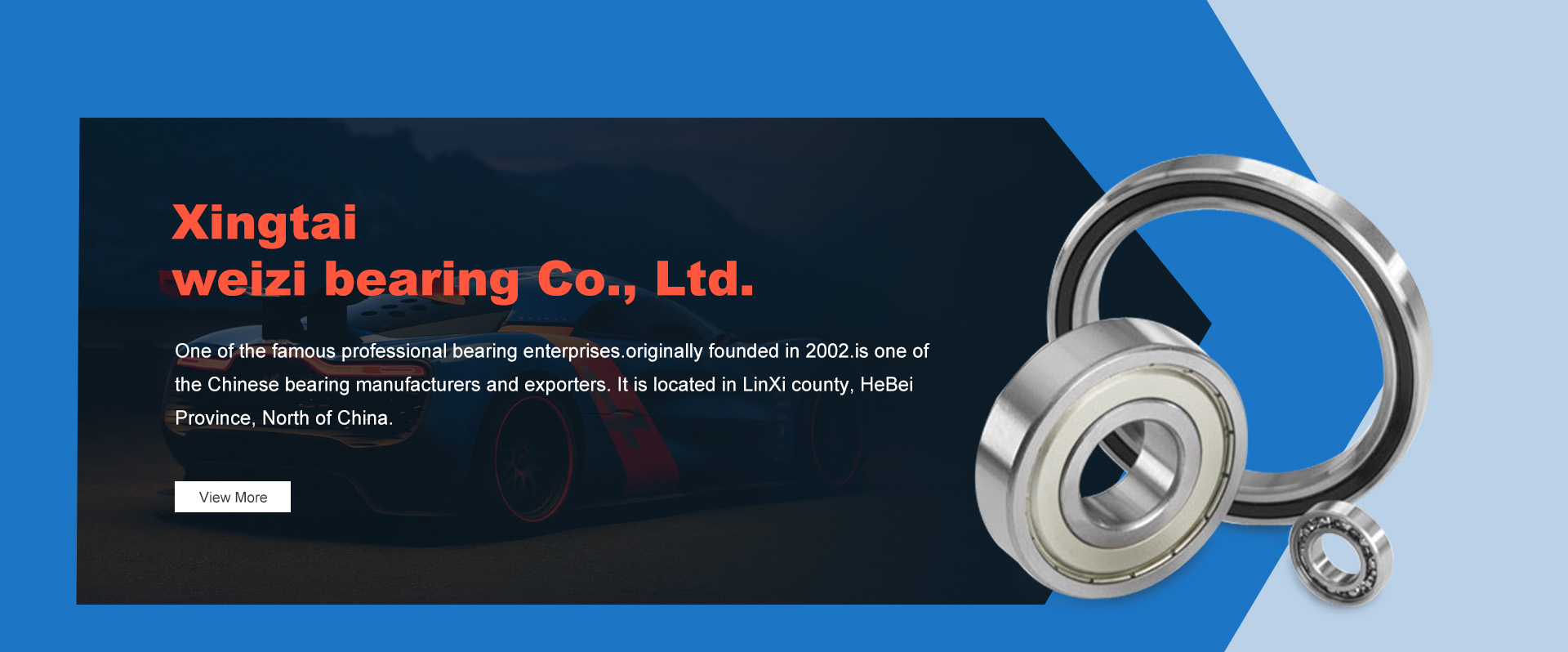
Jul . 31, 2024 20:26 Back to list
Design and Analysis of Bearings in Machinery Engineering Focusing on Tribological Principles and Lubrication Techniques
Bearing Design in Machinery Engineering A Focus on Tribology and Lubrication
Bearings play a crucial role in machinery engineering, serving as the vital interface between moving parts. Their primary function is to reduce friction and support loads, thereby enhancing the efficiency and reliability of mechanical systems. The design of bearings is a meticulous process that incorporates principles of tribology and lubrication, both of which are essential for optimizing performance and longevity in various applications.
Tribology The Science of Friction, Wear, and Lubrication
Tribology, the study of friction, wear, and lubrication, is fundamental to bearing design. It examines the interactions between surfaces in relative motion and the factors that influence these interactions. A key objective in bearing design is to minimize friction, which directly affects energy consumption and the operational efficiency of machinery. High friction can lead to increased wear and tear, reducing the lifespan of bearings and necessitating frequent maintenance or replacement.
In bearing applications, surface roughness, material selection, and operating conditions significantly influence tribological performance. Advanced materials, such as ceramics and composites, are increasingly incorporated into bearing designs to enhance wear resistance and reduce friction. Additionally, surface treatments, such as hard coating and polishing, can improve the durability and performance of bearings by minimizing surface contact and wear.
Lubrication Enhancing Performance and Reducing Wear
Lubrication is another critical aspect of bearing design. The choice of lubricants, whether liquids, solids, or gases, influences the effectiveness of bearing operation. A proper lubrication regime reduces friction and wear, prevents overheating, and protects against corrosion. The selection of lubrication type—grease or oil—depends on several factors, including operational speed, temperature, and environmental conditions.
bearing design in machinery engineering tribology and lubrication pdf

In many applications, bearings are designed to operate under specific lubrication conditions to optimize performance. For instance, in high-speed applications, oil lubrication may be preferred due to its ability to dissipate heat effectively, whereas grease is more suitable for applications requiring longer service intervals or those operating in contaminated environments. Proper lubrication not only enhances performance but also plays a vital role in extending the service life of bearings.
Design Considerations and Innovations
The design of bearings is not a one-size-fits-all process; it must take into account various factors, including load conditions, speed requirements, and environmental influences. Finite Element Analysis (FEA) and Computational Fluid Dynamics (CFD) are increasingly employed in modern bearing design, allowing engineers to simulate and analyze performance under various conditions before physical prototypes are made. This approach reduces development time and increases the accuracy of design predictions.
Moreover, innovations in bearing technology, such as the introduction of smart bearings equipped with sensors, allow for real-time monitoring of operating conditions. These advancements help in predictive maintenance, identifying potential failures before they occur and enabling more efficient and reliable machine operation.
Conclusion
In conclusion, the design of bearings in machinery engineering is intricately linked with the principles of tribology and lubrication. As technology advances, the focus on optimizing these aspects becomes even more critical in enhancing the efficiency and longevity of mechanical systems. By understanding the interplay of friction, wear, and lubrication, engineers can create more robust and reliable bearing designs that meet the demands of modern industrial applications. As industries continue to evolve, the importance of innovative bearing design will only grow, ensuring the smooth operation of machines across various sectors.
Latest news
-
Industrial Machine Bearings: the core hub of mechanical operation
NewsAug.06,2025
-
Deep Groove Ball Bearing: A Dynamic "Elf" Operating Mechanically
NewsAug.06,2025
-
Compact craftsmanship: the way to optimize the space of Concrete Mixer Bearings
NewsAug.06,2025
-
Combine Harvester Bearings: The 'Steel Backbone' of Modern Agriculture
NewsAug.06,2025
-
Bearing Machinery: a flexible support hub for mechanical operation
NewsAug.06,2025
-
Agricultural Equipment Bearings: A Power Hub for Intensive Cultivation under Radial Space Constraints
NewsAug.06,2025
